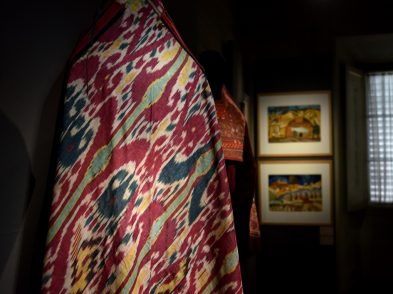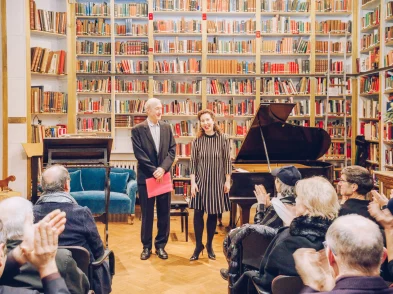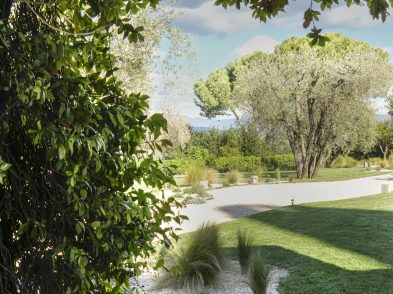As the debate regarding animal testing continues world wide, a growing number of centres caring for scientific research survivors are sprouting up all over Italy. Most laboratory animals die during testing or are put to sleep at the end of procedures to avoid further suffering. The few that manage to survive are left ill equipped to return to the wild or to become family pets.The animals that come to us have serious psychological problems, explains Pietro Liberati, the director of Vallevegan, a lab-animal sanctuary founded near Rome last year. They are so frightened of open spaces that they often die of heart attacks when freed. Whats more, they dont recognize predators and are unable to interact with members of their own species.Liberatis facility in the town of Bellegra is one of seven Italian centres that seek to rehabilitate lab animals, like mice, guinea pigs, gerbils, rabbits and dogs. The others are in Milan, Monza, Turin, Genoa, Parma and Trieste. All belong to I-Care, an international antivivisection organization that promotes and develops alternatives to animal testing. Many of the animals treated have been rescued from laboratories closed for failing to comply with regulations. In some cases, they may have been involved in non-terminal studies, such as behavioural research. Together, Italys seven centres have rehabilitated more than 3,000 former lab animals.
LIGHT MODE
DARK MODE
Most popular
The Florentine







